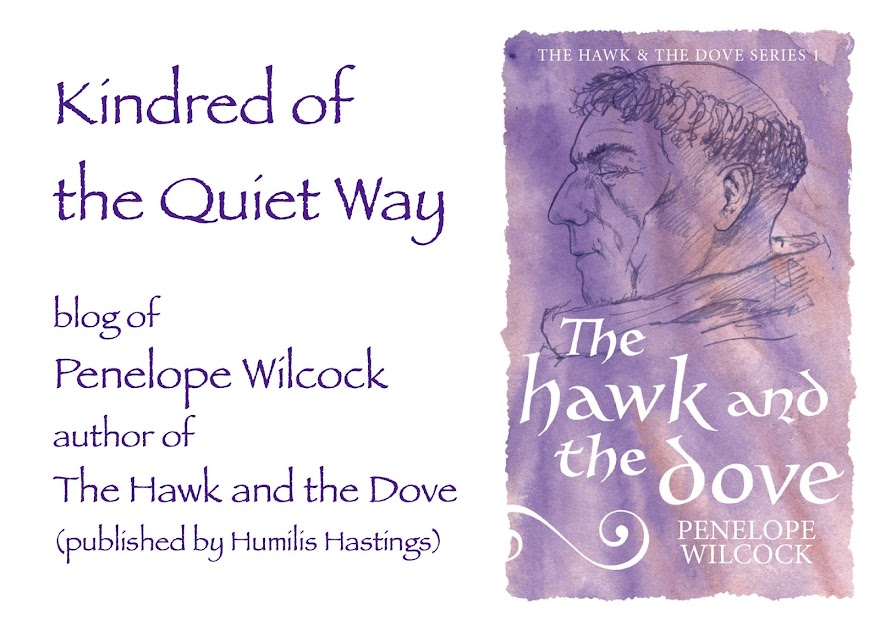I love our clock – well, Hebe’s clock really now.
It doesn’t so much tell the time as just kind of chat about it in a random, roundabout kind of way. It’s not a very focussed clock, as such.
Time is obviously its obsession and central purpose, but it has a more philosophical and questioning approach than most clocks, and is essentially committed to mystery.
It yearns toward the greater realm of eternity where time loses its meaning, and the quantum world where electrons can visit the past and the future at will.
All clocks (the old-fashioned ones, not the digital ones) like to tease with a little ambiguity of course; they let you decide for yourself if it’s midnight or noon, but being accurists at heart they don’t make the puzzle too hard.
Not our clock. It’s the cryptic sort. You wouldn’t be able to make any kind of deduction at all as to what the time is by looking at the numbers on its dial. In the picture, for example, you can see it's talking about elevenses (maybe it's feeling peckish?) but that might have been at breakfast time, or some point in the afternoon.
If it told something other than the time, the days of the week for example, conversations might go like this:
Self: What day of the week is it today?
Clock: Yellow.
Self: What? I mean, is it Thursday?
Clock: Fart! Hahahahaha!!!!
That is the approach it takes to telling the time. It is the Timothy Leary of clocks, the R.D.Laing of timepieces, sent to liberate us from our mindless slavery to the crushing regime of schedules and timetables by which we become all too easily enthralled.
It may not tell the time exactly, but I think it is telling us something very important – only I’m not 100% certain what that is.
When Alice and Hebe were very small – maybe about three, I got them a teaching clock to learn to tell the time (Ha! In my dreams!). They really couldn’t get the hang of this system, no matter whatever which way I tried to explain it to them. So I took John Holt’s tip of just leaving them to play with the clock, to follow the learning process of a child – which is assembling a vast amount of random data about an object and gradually refining and organising that into coherent usefulness. The adult method of saying “It works like this” is apparently counter-productive.
Well I left them playing with this clock, and so came upon them one day, Hebe holding the clock and earnestly instructing Alice who was attending diligently. Hebe had evidently taken in my useless didacticism “Now, the big hand is pointing to the 12 and the little hand is pointing to the 4 . . .” etc., and also internalised the question people always ask (“What’s the time?”), because she was moving the hands around and asking: “Now, Alice – what’s the point?”
You can tell it’s her clock.
---------------------------------------------------
Oh, these were cool – but just a wee bit bossy. We kept the inner peace and said bye-bye to the cards.



3 comments:
Isn't is amazing Pen, how our children learn from us? Even though we think they are not listening - they really are :)
Bossy cards, I had several of these, others have them.
m.
Hahaha what a brilliant clock!
I listened to a radio prog this morning about the history of measuring time. It mentioned an early Japanese way by timing how long it took for an incense stick to burn down. This then led to a long incense board with different scents so you knew time passed as you smelled a new scent. Must be half past pine now, I'll finish meditating at peach...
:0D That's as good as our clock! Dividing one cloud of fragranced smoke from another - like having a no-peeing area in a swimming pool!
Post a Comment